Anthony Gaillard Murray
(1941-2005)
Born
February 11, 1941, in Klamath Falls, Oregon.
Graduated from Oakland High School, California, 1958.
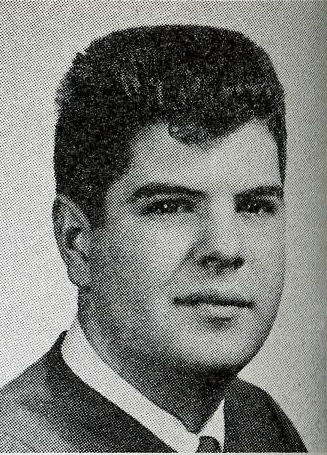
Studied Industrial Arts at San Francisco State College, 1958-1962.

San Francisco
Examiner
Opened guitar shop in the basement of 1022 Bush Street, in the Nob Hill neighborhood of San Francisco,
in 1965.
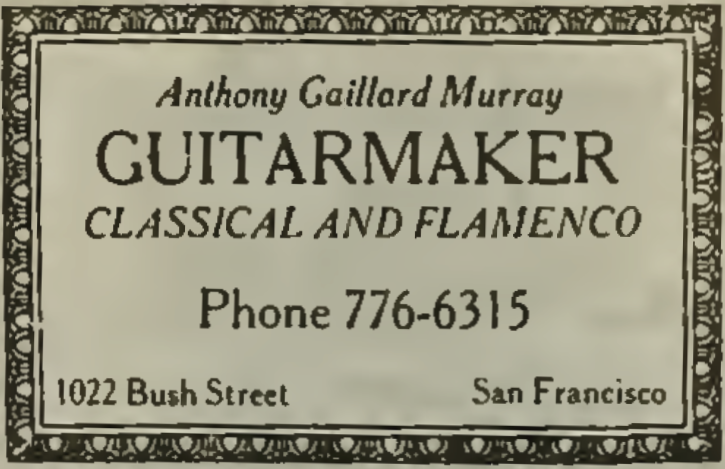
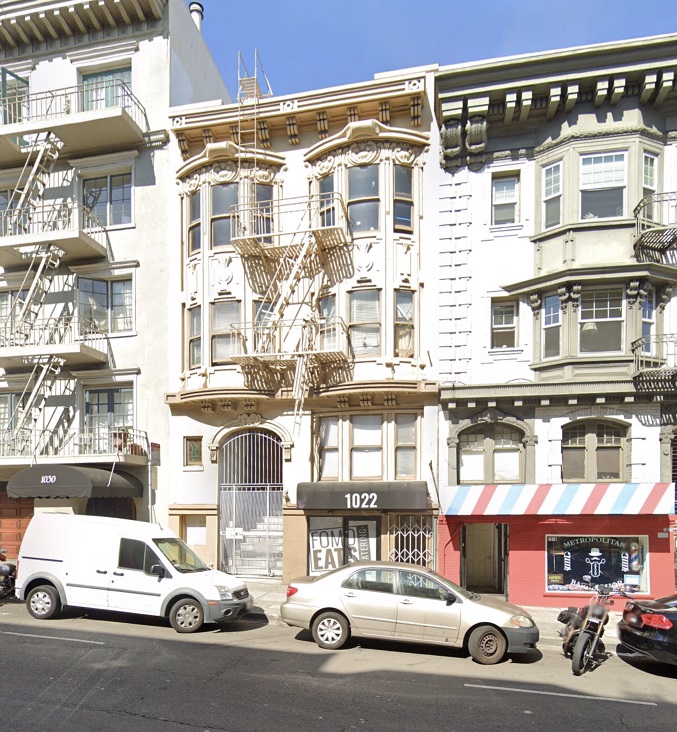
 San Francisco
Examiner
San Francisco
Examiner
 San Francisco
Examiner
San Francisco
Examiner
![]() San Francisco
Examiner
San Francisco
Examiner
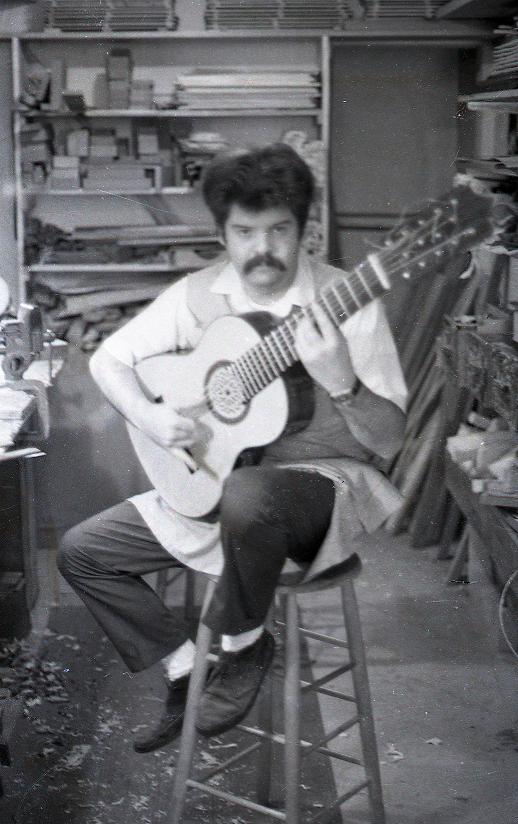
c. 1970, San Francisco
I built classical guitars
in Berkeley from 1966 to 1972. I knew Tony well and over time we became good
friends. He liked to work at night so many evenings after I finished with my work
I would drive over to San Francisco and hang out. I admired his work ethic and
his craftsmanship. He played classical guitar and that had a profound influence
on the type of guitar he tried to make.
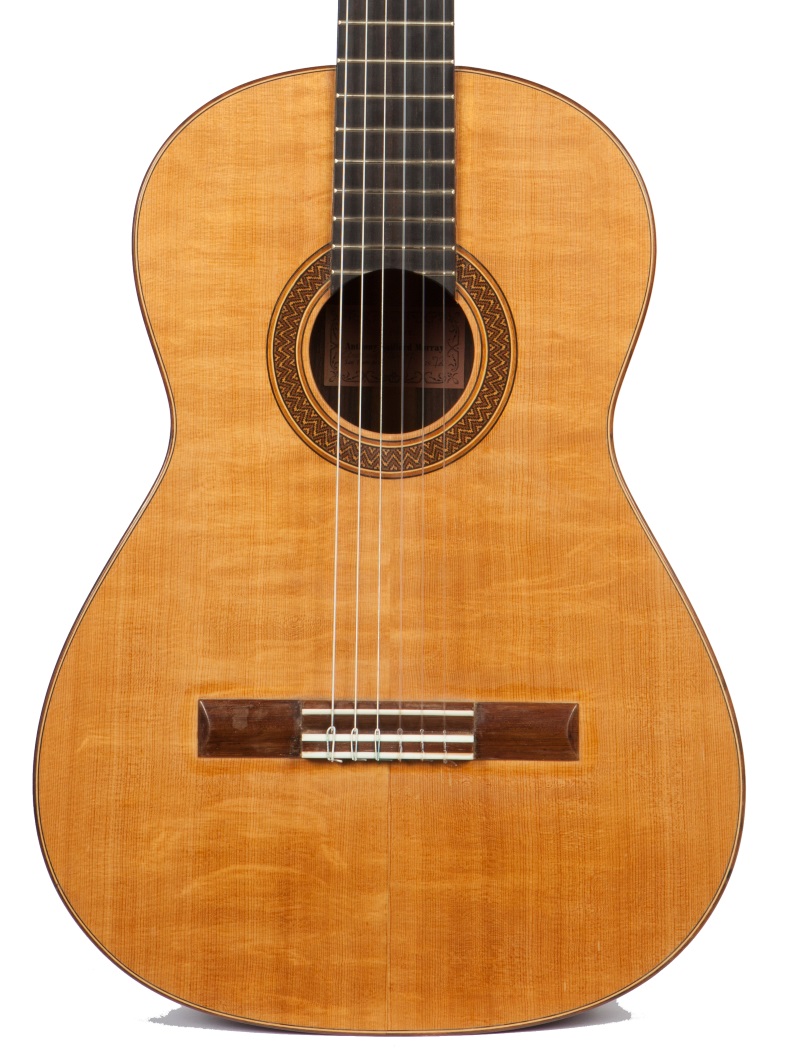
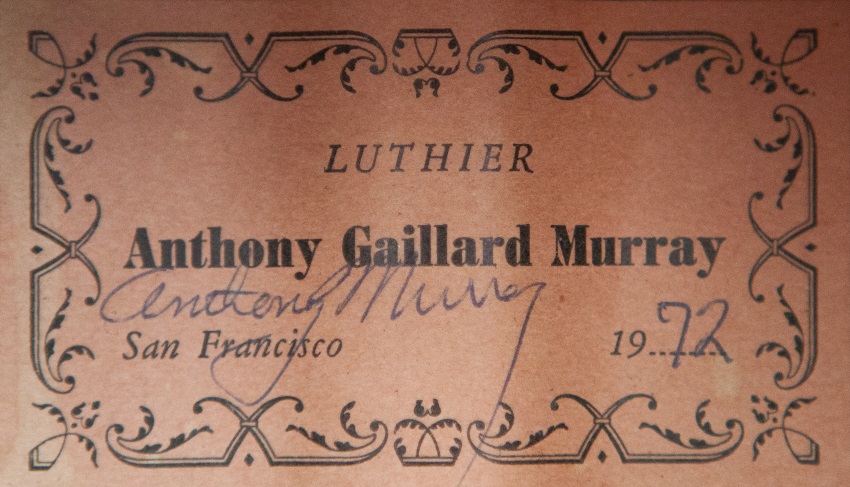
Murray moved to Virginia Beach, Virginia, in 1975.
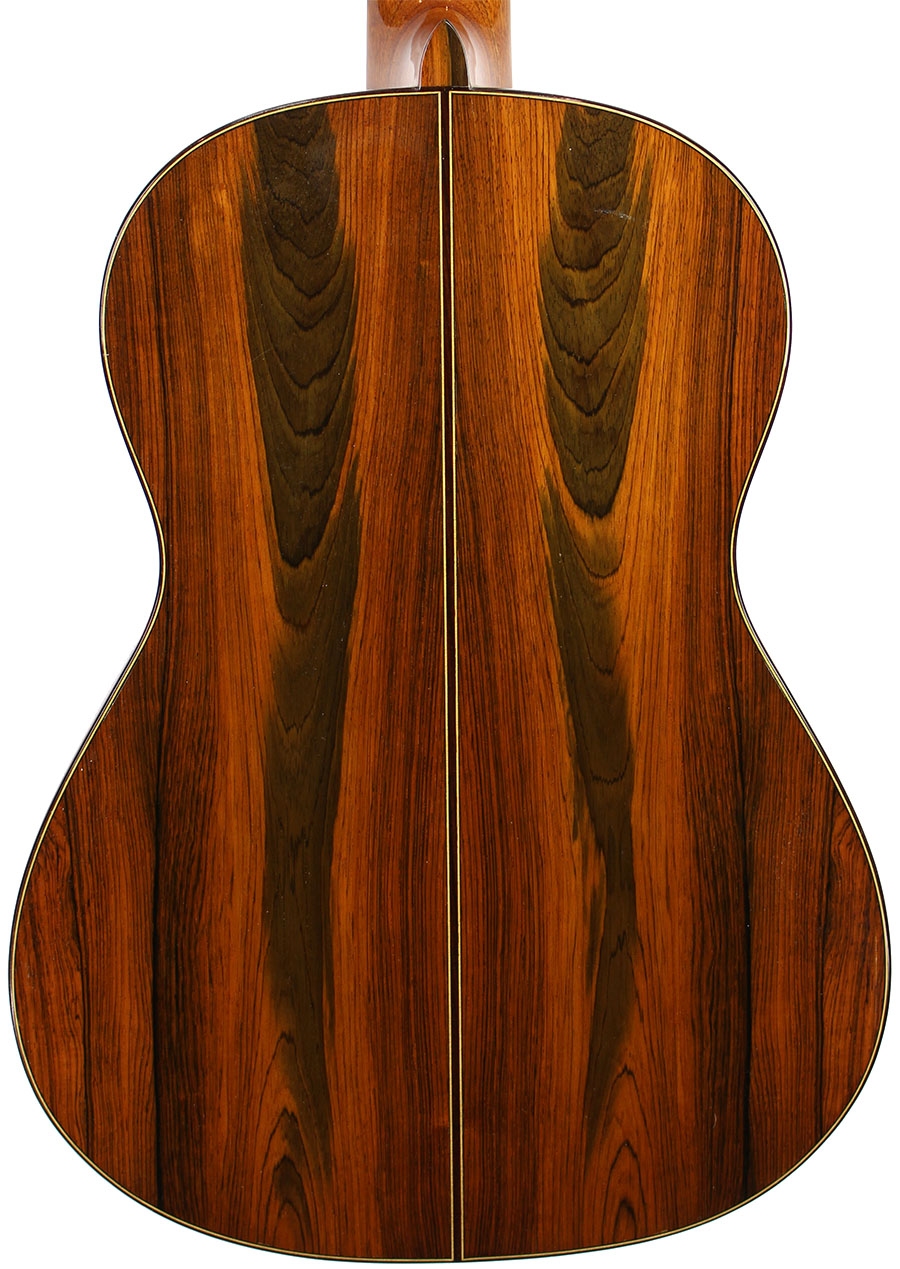
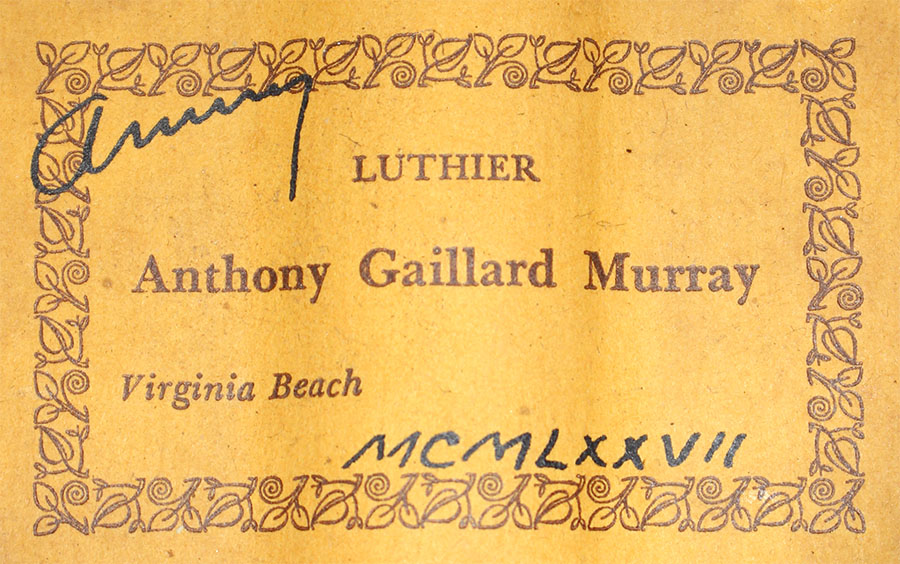
Murray moved to a c.1890 farmhouse in Pungo, Virginia, and in 1987 the duck decoy carver Frank Finney moved into the house next door (on the other side of the white fence). Finney taught Murray to carve.
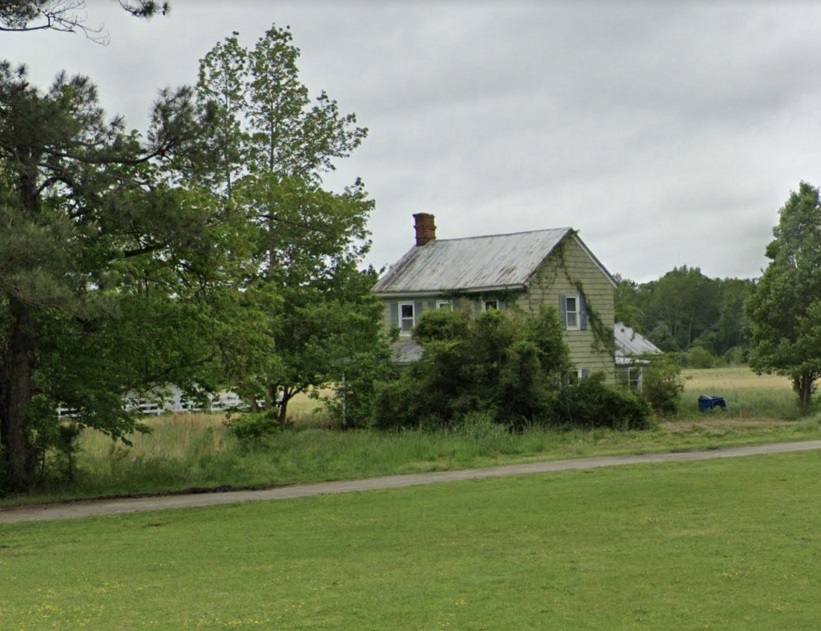
Murray began making duck decoys in 1987.
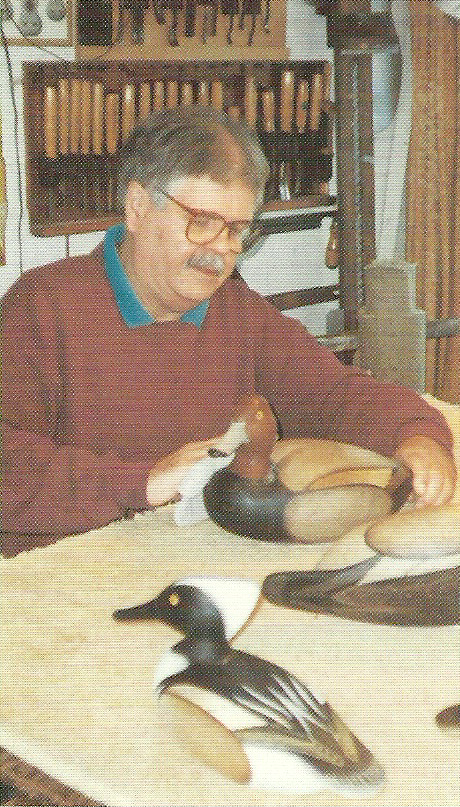
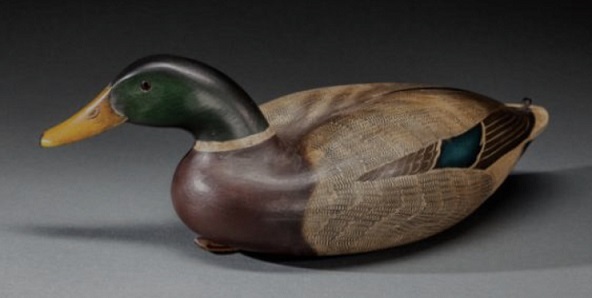
At thirty-two decoys I have the world's largest
collection of Tony Murray duck decoys. The
humidity was so high in the summers in Pungo, Virginia that Tony couldn't make
guitars so he made about a dozen or so duck decoys a year.
He lived next to a well-known carver
named Frank Finney for years and was friends with another local carver named Jim
Brockman. I wrote a feature article about
Tony for 'Decoy' magazine years ago so I got to know him well.
He was a prince of a guy and a truly
masterful decoy maker. His carving was
excellent, but not overly detailed, his painting however was among the best I've
ever seen, and I've published over two-hundred articles on carvers.
I recently purchased one of his mallards
at auction for $750. Back in the day Tony
would have charged $350. His work isn't
as well known and valued as it should be, primarily because he didn't produce
many birds and those he made were always snapped up by a small circle of
collectors. That having been said, he's
still my favorite carver and I will still pay what I need to get more of his
work. —Rod
Taylor
Murray's output was approximately 3 guitars per winter, and approximately 12 decoys per year.

Anthony Gaillard Murray died January 30, 2005.
Anthony Murray was repulsed by the contemporary "concert" classical guitar and had a totally different philosophy about the guitar, which he taught me years ago as my personal luthier hero and mentor in these matters, and which I share to this day. He rejected the ultra-high actions and ultra-high tension string approach of modern "concert" classical guitars, because he (practically and realistically) viewed the guitar as a chamber music instrument meant for salons and other intimate venues where the few attentive listeners are quiet. Playing a classical guitar in a concert hall is an exercise in futility, and making a guitar with that in mind ruins the sweetness of tone. As a result, his guitars are easier and more fun to play, and they have a compellingly gorgeous tone. But they are not overly loud. My guitar has more than enough volume to fill up a quiet Church or art gallery, and a tone that has made hundreds of people say "Wow!" over the years. Years ago Tony went to a luthier's convention of some sort. When he came back he visited me on his way home. I asked him if he'd seen anything interesting at the convention. He shook his head in the negative. "Just a lot of loud guitars." He was a man of few words, and I loved the guy. He didn't make many guitars in his last few years, which is a shame. —George Pepper, Guitarist, San Antonio, TX
I went to high school with
Tony's brother and often visited the shop on Bush St. in San Francisco. It was a
little hole-in-the wall place, a basement shop where Tony worked and sold his
instruments. On entering you would be struck with a pungent aroma of the woods
he used, particularly the Spanish Cypress. In the mid 70’s he moved into a farm house
in Pungo Virginia. I own three of his instruments: two classical guitars and a
flamenco guitar; he also did a restoration on an old Martin for me. I often
visited him at the farmhouse and he made a rare excursion to Boston to play in
my wedding in 1985. Besides building guitars and lutes (he particularly liked
the Baroque lute), he liked to bike, listen to preachers on the radio while he
worked, and learned Spanish just so he could minister to prisoners in the
Norfolk jail. He was a pretty accomplished flamenco guitarist, having studied
with Adonis Puertas in San Francisco in the 60’s. He had acquired an amazing
stock of German Spruce in the 50’s and there was still a good quantity of it
left after his death in 2005. In recognition of his Bible teaching and ministry
his local Baptist church named their school after him, probably little aware of
his significance in the guitar world. We were good friends; but then almost
anybody that knew Tony would count him as a friend.
Tony Murray was a beautiful guy. I loved to talk about guitars with him. I miss him. The lute he built me was gorgeous, with a clear, warm sound. —Michael Lorimer, Guitarist (former student of Andres Segovia), New York City